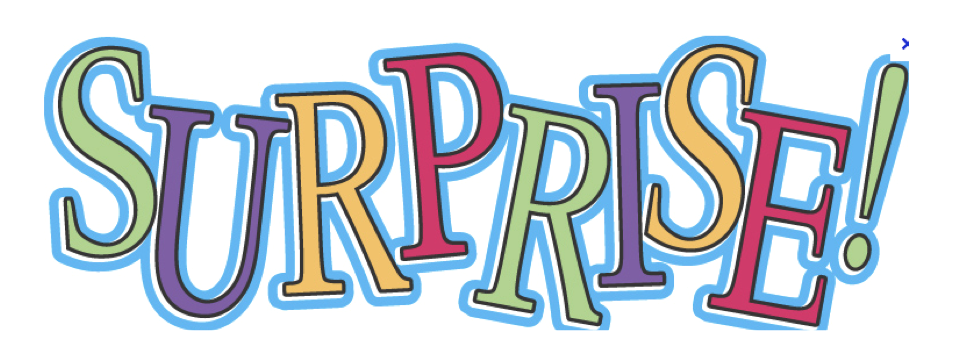In this chapter, "The Value of Guided Math Conferences," Laney discuss the why of math conferences. Common Core Standards and the revised TEKS here in Texas are increasing the depth and rigor of math instruction. Our students need to become critical thinkers, and math conferences can lead the students to dig deeper. Teachers can model how to communicate mathematical ideas and how to make connections and encourage students to explain their thinking.
Laney also talks about the importance of metacognition in math. This has been a huge focus in reading instruction for quite awhile, but the "ability to monitor our own mathematical thinking, including the degree of our understanding, our ability to connect mathematical ideas, and our capacity to think logically about mathematical patterns and relationships" is critical for mathematical proficiency. We can use conferences to help learners develop thoughtful numeracy by encouraging them to describe and justify their reasoning, reflect on their understandings and provide feedback on their work. (On pages 48-51 Laney identifies characteristics of effective feedback.)
To me the most important use of math conferences is for formative assessment. Laney outlines five strategies for effective conferences for assessment.
- Help students develop a clear understanding of their learning goals and how they will know when they meet those goals.
- Guide the conversation with questions to elicit evidence of student learning, both content and process, and/or misconceptions and gaps in foundational knowledge and skills.
- Encourage students to reflect on their mathematical understanding so that they assume ownership of their learning.
- Provide specific feedback to let students know both what they are doing well and what will move them forward in their mathematical learning.
- Use the information gathered during the conference to identify a teaching point to move student learning forward.
Before assessing student progress and offering feedback, teachers need to make sure that learning goals are clear. Learning goals differ from what I would call a lesson objective. The lesson objective is the actual task the student does during instruction but the learning goal is what a student will know or be able to do following instruction. For example, a learning goal for geometry might be to understand the characteristics and properties of 3D shapes and a learning activity might be "The learner will sort a collection of 3D shapes by a common attribute." During conferences teachers can clarify these goals and use the information gathered to set new goals.
Math conferences are also used to encourage mathematical communication. Teachers can model "math talk" and students can learn to communicate their mathematical thinking effectively. I find this particularly important in first grade. Students at this age are like little sponges; they soak up everything they hear. Last year during a discussion of a problem we were trying to solve, I briefly mentioned using an open number line and quickly demonstrated. Over the next few weeks, open number lines started appearing all over the place in our classroom! If we use the correct math terms and talk like "mathematicians," our students will too.
While participating in these conferences we are also building relationships with our students. I love the quote below from Carl Anderson.
A few words, a smile, a nod of understanding. That's all it takes to show students we care about them. That's all it takes to inspire some students to stretch themselves as writers. That's all it takes to change some students' writing lives.
By substituting the words mathematicians and mathematical for writers and writing, this perfectly describes why I think math conferences are so important and why I will try my best to find time to conference with students each and every day!
Head over to
Second Grade Is Out of This World to read more about this chapter!


.png)




.JPG)















+melonheadz+13+colored.png)









